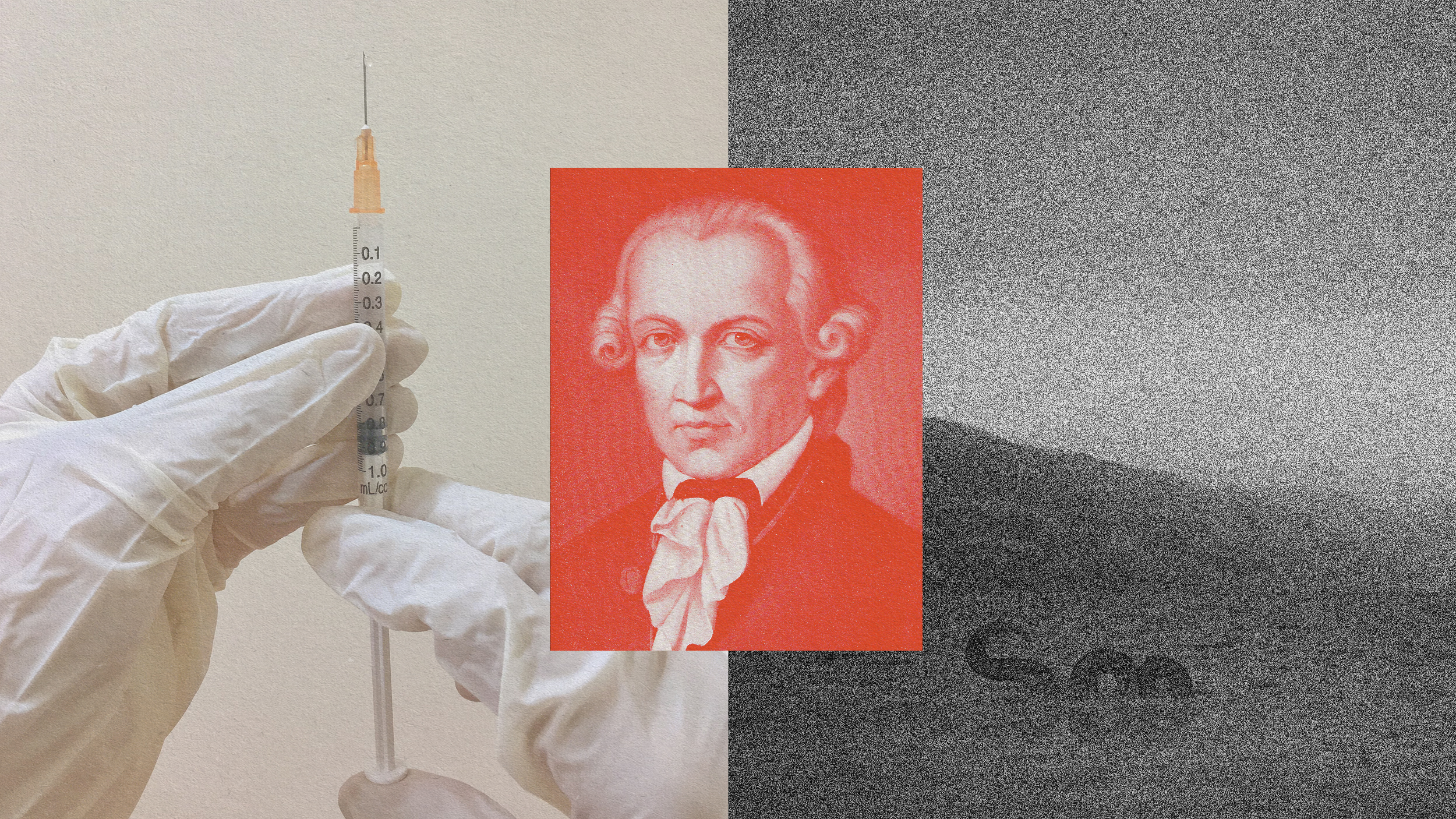Zac Posen is an American fashion designer. Born in 1980, Posen grew up in New York City and received his fashion education at Central Saint Martins in London. After internships[…]
Sign up for the Smarter Faster newsletter
A weekly newsletter featuring the biggest ideas from the smartest people
It’s important to question your talent.
Well you never know. You constantly question your talent at it. You just sort of have to persevere. Being an artist and a creator, you’re constantly questioning your purpose and reasoning for creating. There’s different parts to the joy of designing. There’s the part of a completion and the realization of an idea that’s very gratifying. It’s the improv of creating it. There’s the mistakes, which are incredibly joyful and exciting, and often lead to the best work. And there’s the experience of seeing a woman and how she feels in a piece of clothing. rnrnHaving restraint is a great struggle of mine. Finding, you know, balance – reality versus “surreality” – of creating is always a struggle. Each one has their own struggle for different reasons, whether it’s the editing process, or that you don’t reach the idea that you want to finally reach.
We did a collection called “Trinity”. And it went from this section of all white, and this idea of the rarity of the color white, and all the symbolism of all the virginal symbolism, the luxury symbolism of it. And it was quite architectural – white on white. And it went from these shapes in white, which were quite sculptural, into what I call “tribal-like” collections. Sort of this idea of these urban nomads. And then it went into you working within this African theme – this idea of creating more sort of abstracted shapes. These inflatable sort of black, ebony, and floating shapes, and sort of reaching that kind of strength of women was really hard. And continuously within the industry of fashion, trying to empower women is a constant struggle and battle with any collection. It’s much easier to have that connection with the customer and have that experience. But to communicate that artistically in a non-phony way is a great challenge. I think it would be very easy to do a collection about power women, but not in a masculine way.
It doesn’t mean a big shoulder; that women dressing as men, you know . . . And so that’s, you know . . . It’s a constant, constant striving place. Everybody in our culture has an obsession with new. And so for me, the next step that I think I’ve added is to create validity and to create a test of time.rnrnMy creative process is really exploring ideas that I’m interested in at the time. And then intensive research, which can become literal research or abstract in terms of just form, or texture and shape. And then I build on a woman three dimensionally with fabric, and form, and textures, and sewing techniques that I build in my studio. And then I work with my team on sort of building that up into a collection. I treat it in acts in a very theatrical way in terms of the sequence of our collection and our show, and where it starts and where it begins, or does it go in reverse or backwards. It’s like cooking a meal. It’s so varied. I often find my inspiration through play. rnrn
Recorded on: 7/31/07
We did a collection called “Trinity”. And it went from this section of all white, and this idea of the rarity of the color white, and all the symbolism of all the virginal symbolism, the luxury symbolism of it. And it was quite architectural – white on white. And it went from these shapes in white, which were quite sculptural, into what I call “tribal-like” collections. Sort of this idea of these urban nomads. And then it went into you working within this African theme – this idea of creating more sort of abstracted shapes. These inflatable sort of black, ebony, and floating shapes, and sort of reaching that kind of strength of women was really hard. And continuously within the industry of fashion, trying to empower women is a constant struggle and battle with any collection. It’s much easier to have that connection with the customer and have that experience. But to communicate that artistically in a non-phony way is a great challenge. I think it would be very easy to do a collection about power women, but not in a masculine way.
It doesn’t mean a big shoulder; that women dressing as men, you know . . . And so that’s, you know . . . It’s a constant, constant striving place. Everybody in our culture has an obsession with new. And so for me, the next step that I think I’ve added is to create validity and to create a test of time.rnrnMy creative process is really exploring ideas that I’m interested in at the time. And then intensive research, which can become literal research or abstract in terms of just form, or texture and shape. And then I build on a woman three dimensionally with fabric, and form, and textures, and sewing techniques that I build in my studio. And then I work with my team on sort of building that up into a collection. I treat it in acts in a very theatrical way in terms of the sequence of our collection and our show, and where it starts and where it begins, or does it go in reverse or backwards. It’s like cooking a meal. It’s so varied. I often find my inspiration through play. rnrn
Recorded on: 7/31/07
▸
1 min
—
with





